Muktinath Yatra


This exciting tour takes you through the cultural heart of Kathmandu, the serene beauty of Pokhara, and the sacred pilgrimage site of Muktinath in the Mustang region. Get to explore different UNESCO World Heritage Sites, enjoy the relaxing atmosphere of Phewa Lake, and experience the spiritual atmosphere of Muktinath Temple, which is a sacred destination for both Hindus and Buddhists. Along the way, also discover charming mountain villages, local apple farms in Marpha, and the breathtaking landscapes of the Himalayas.
Kathmandu is the capital city of Nepal and also is the center of Nepal’s history. There are 10 UNESCO world heritage sites in Nepal and among the ten, seven of them are in Kathmandu valley. Kathmandu is a historic valley and was once part of an ancient union known as Nepal Mandala which was an old civilization in Asia. Kathmandu has huge numbers of temples, shrines, and monasteries. The religious mix of many different religions such as Hinduism, Buddhism, Bon and Shamanism creates a spiritual atmosphere here. It is a popular destination for tourists who visit to see the unique architecture and rich culture in Nepal.
Pokhara is another beautiful city in Nepal which is known as the gateway to the Annapurna region, which is a popular trekking trail in the Himalayas. High above phewa lake there is the peace pagoda. There is also Sarangkot which is an amazing vintage point to watch sunrise and sunset on the Annapurna range. There are also Tibetan refugee camps located around the town and to the southeast is the popular tourist place namely David’s fall which is a narrow ravine. You can also go shopping in the streets and bazaars of Pokhara city while also getting a beautiful view of the vegetation and the landscape view of the city.
Mustang is another magnificent place that is located at a high altitude of 3,710 meters at the foot of the Himaayas – Thorang La mountain pass, Mustang. For both hindu and Buddhist pilgrims Muktinath is believe as Mukti kshetra, which means the “place of liberation or moksha” so is hub where many religious people gather together. The central shrine of Mukthinath Temple is considered as one of the eight most sacred shrines for Hindu Vaishnavas known as Svayam Vyakta Kshetras.
The major highlights of this Muktinath tour are:
On arrival at Tribhuvan International Airport in Kathmandu, our Go Nepal Travel Tours and Treks Pvt Ltd representative will greet and receive you at the airport. Then transfer to your hotel. After reaching your hotel, you can check in and take a relaxing rest. You are free in the evening to do what you want like reading, going sightseeing, buying souvenirs etc. The night on this day will be spent in a hotel at Kathmandu.
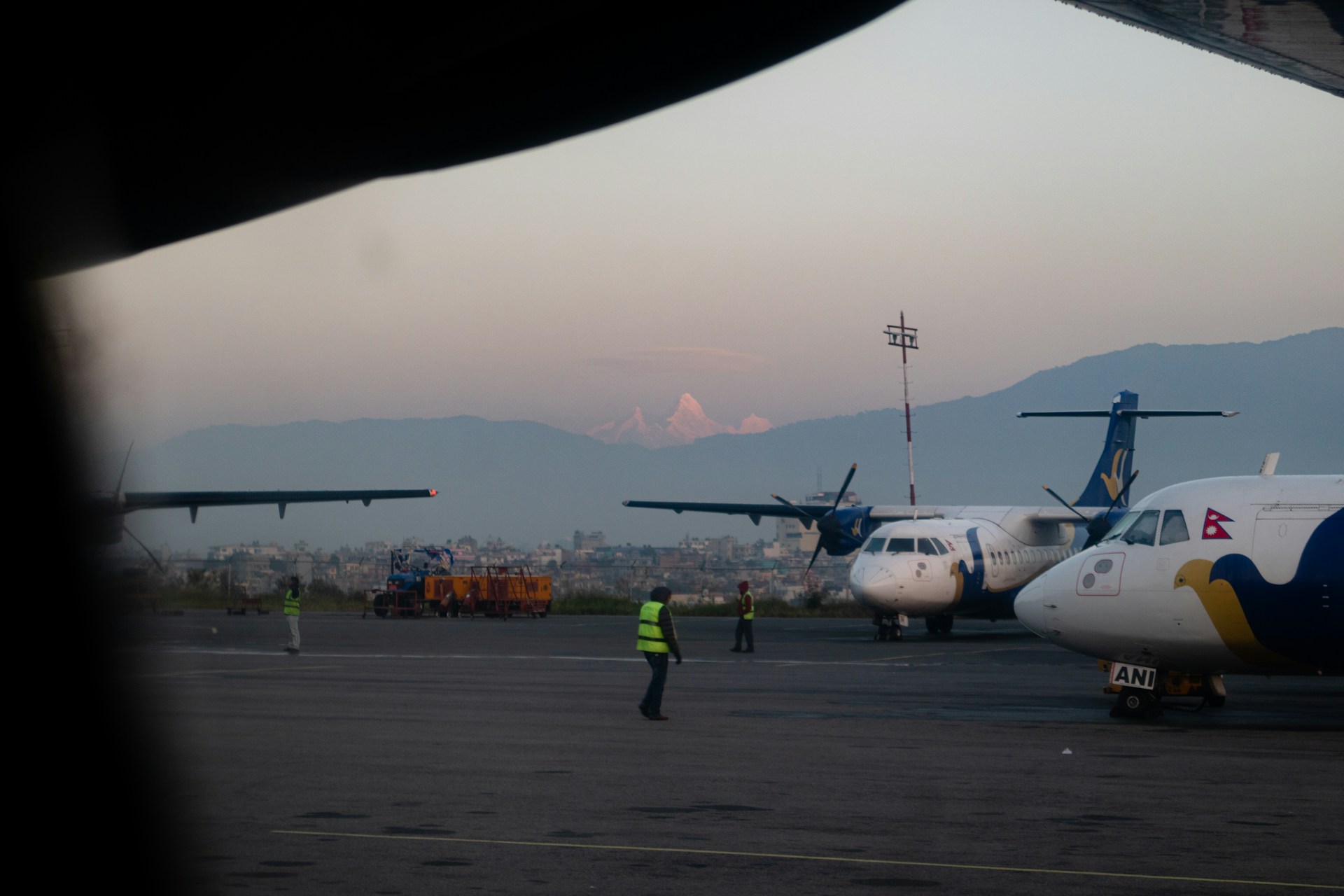
On day 2 of our Muktinath Yatra, after breakfast we will visit many sites:
The night on this day will also be spent in the hotel at Kathmandu.

On day 3 of our Muktinath Yatra, after having breakfast we go to Pokhara, and start our day with a lovely and beautiful scenic tour drive on Nepal’s busy main highway. The journey goes past many beautiful farm villages and towns with an amazing view of mountains.
En-route we will go to visit Manakamana Temple that is situated in Gorkha district about 90 km west from Kathmandu and east from Pokhara. Manakamana is the Temple of Durga Bhawani, and is believed to fulfill the wishes of ones who worship her with pure heart.
After reaching Pokhara, we then transfer to a hotel near the beautiful Phewa Lake. In the evening we will take walks around the lake side with the close view of Annapurna mountain range and stunning peak Machhapuchare Himal (The Fish Tail). The night on this day will be spent in a hotel at Pokhara.
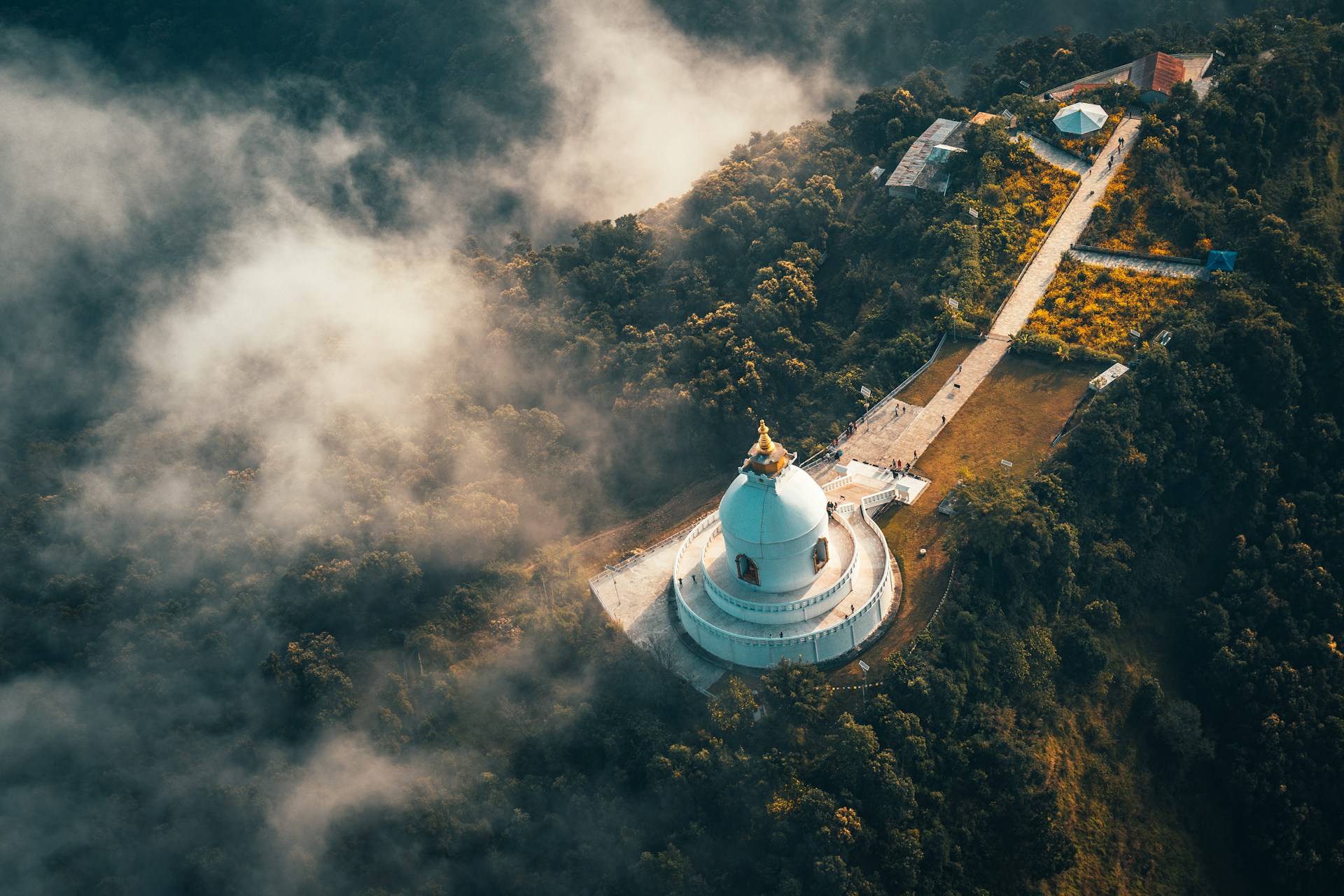
On day 4 of our Muktinath Yatra, we will go to the Pokhara airport to take a flight to Jomsom. After arrival in Jomsom airport we will be picked up and driven to the Muktinath Temple via visiting Kagbeni by a Go Nepal Travels and Tour Pvt Ltd. representive.
Kagbeni is a Tibetan village that is located in the Valley of Kali Gandaki River. Kagbeni is also known as one of the oldest villages in the Himalayas.
Muktinath is located at an altitude of 3,710 meters at the foot of the Himaayas – Thorang La mountain pass, Mustang. For both Hindu and Buddhist pilgrims Muktinath is believed as Mukti kshetra, which means the “place of liberation or moksha”.
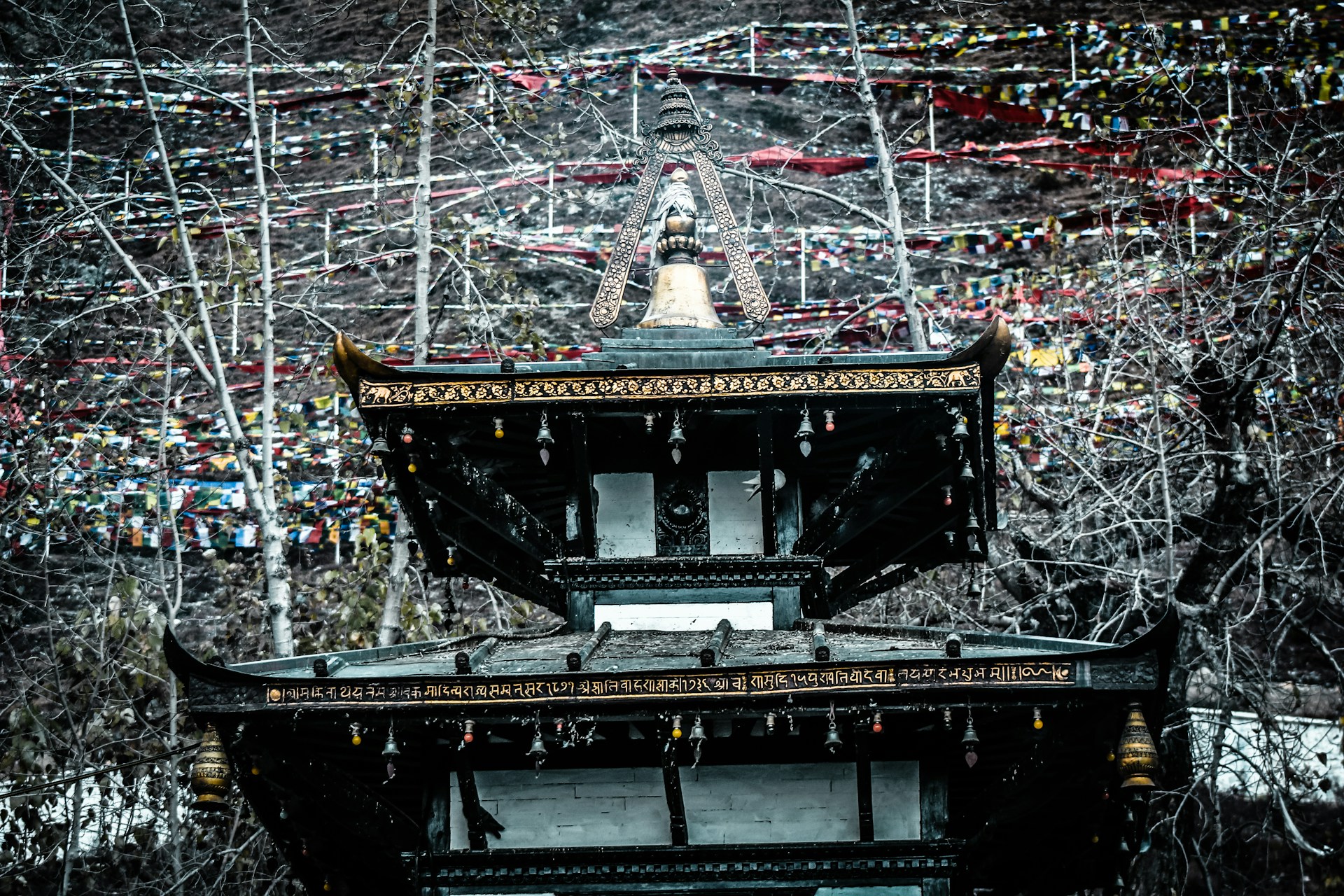
On day 5 of our Muktinath Yatra, after a morning breakfast at the hotel we go to Jomsom airport to take a Pokhara flight. Once we reach Pokhara airport, we then go to a hotel to check in for the night. As for rest of the day we go sightseeing in places like:
In the evening we will also do walking on the lake side around Phewa Lake. The night on this day will also be spent at the hotel at Pokhara.
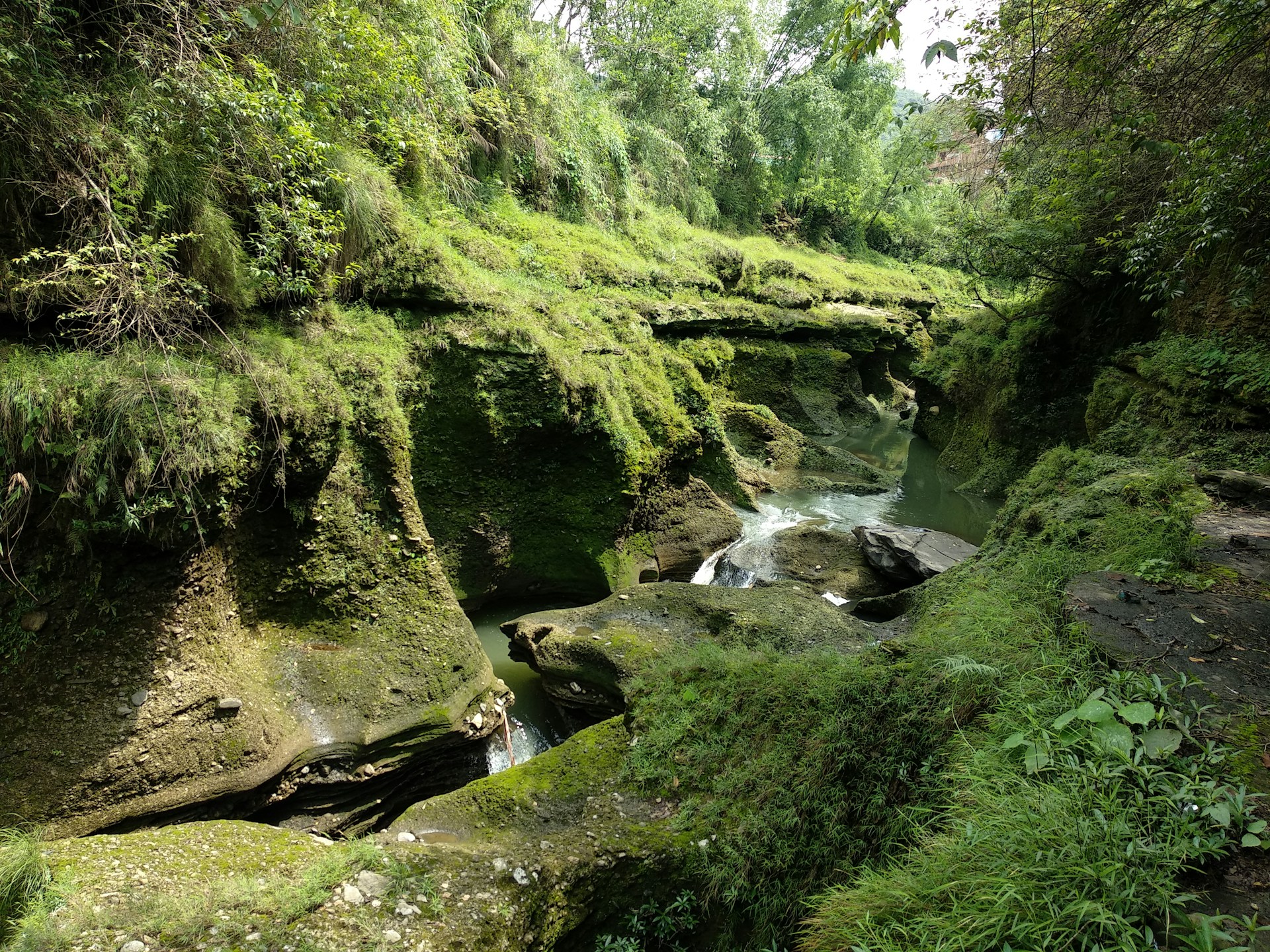
On day 6 of our Muktinath Yatra, after having breakfast we check out of the hotel at Pokhara and then drive back to Kathmandu. After reaching Kathmandu we get fresh and if you like you can also enjoy the day by shopping or exploring Kathmandu. The night on this day will be spent at Kathmandu.
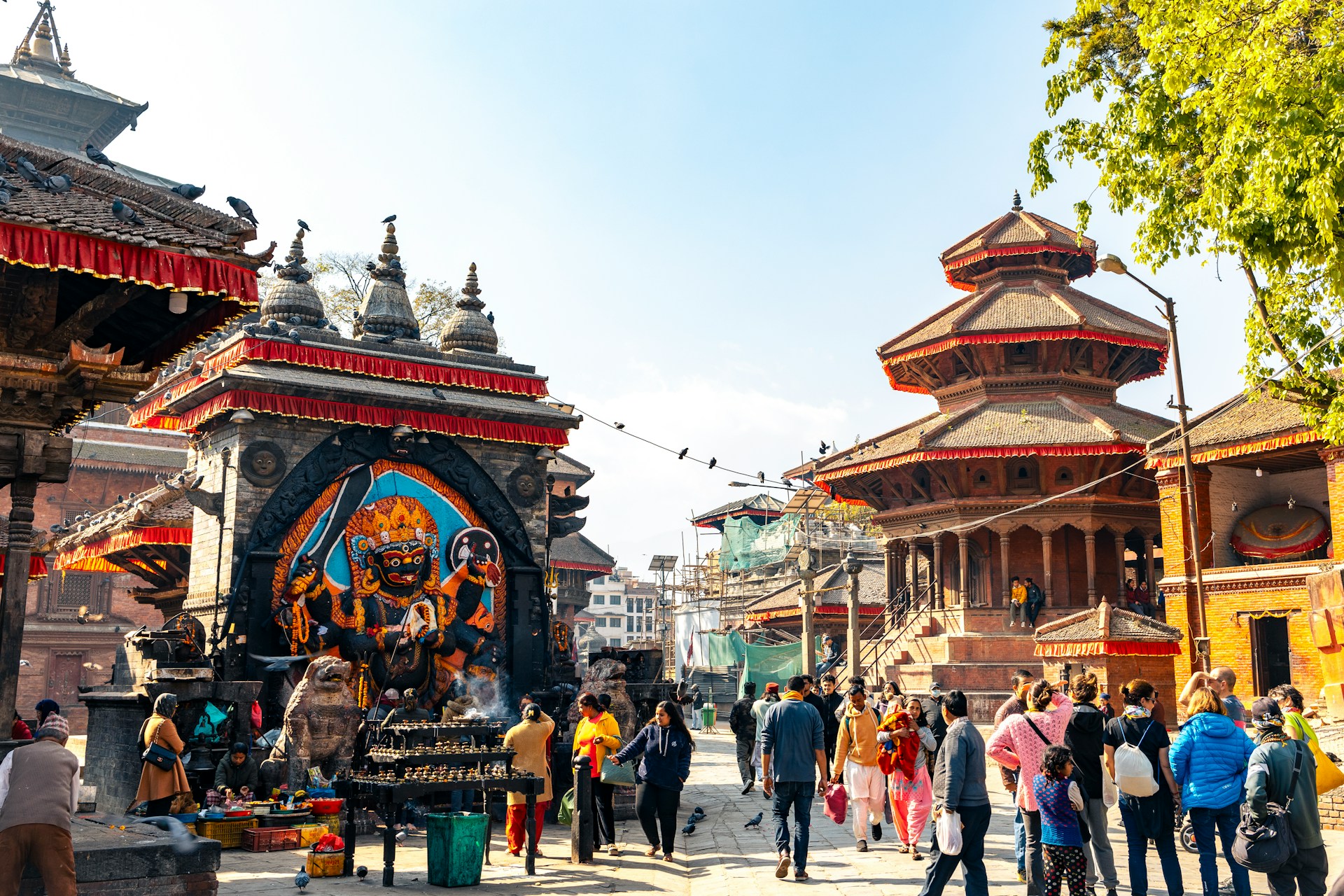
On day 7 of our Muktinath Yatra, which is the final day of our relaxing and memorable journey, our Go Nepal Travel Tours and Treks Pvt Ltd representative will transfer you to the Tribhuvan international airport before your departure. During the drive you will have plenty to think back on the journey you did and get ready for your new journey in Nepal with us Go Nepal Travel Tours and Treks Pvt Ltd.

Muktinath is surrounded by rugged, snow - clad mountains and lies at the altitude of 3710m.
Muktinath temple is small and contains a small sized golden statue of Vishnu as shri Mukti Narayan. Behind the Muktinath temple there is a small semi-circular wall with 108 stone faucets at a height of seven feet. Muktinath is believed as Mukti Kshetra, which means the "Place of liberation of Moksha".
The Kali Gandaki River, which flows downstream from Muktinath, is the only place in the world where Shaligram stones are found. These sacred stones are stones which are needed to set up any Vishnu temple.
Kathmandu to Muktinath is about 375 Km one way. About 300 kilometers of road is good and well paved and the rest of 75 Km is rough mountain road.
The best season to visit Muktinath Autumn falls in September, October and November. In this season the temperature is average and so is perfect for visiting.
Spring season falls in March, April and May. In the spring season you can see beautiful flora, spectacular mountain views and the weather around this time will be moderate.
Summer is a season that is less suitable to visit Muktinath ( Jun, July and August). There is a high possibility of heavy rainfall occurring. So that flight option might not be available and even ground vehicles might not reach there because of the landslide.
In December, January and February you can do this trip depending upon the weather and temperature forecast. But still it's less recommended because of the high possibility of snow fall.
Equipment:
Autumn = A light jacket, Wind Cheaters, Autumn wear clothes.
Spring = Warm light jackets, Wind cheaters and Light Clothes.
Summer = Light wind cheaters, Jackets, Summer wears and Raincoat.
Winter = Heavy down Jackets, Winter wear that can keep you warm.
The Tibetan and Thakali origin are the inhabitants of Mustang which is heavily influenced by Tibetan cultures and customs.
Tiji, Lhosar, Duk Chu are the main festivals of Mustang's people.
Mustang is famous for its Thakali food as well as local Wines, Apples, Tibetan bread, Marpha and dried food.
Copyright © 2025 Go Nepal Travel Tours and Trek Pvt. Ltd. By Go Infosys